Navigating Extreme Heatwaves: How Tan90Thermal Cooling as a Service (CaaS) Solves Dry Ice and Cold Storage Shortages
Introduction
The ice cream industry faces unique challenges when it comes to temperature control, both in retail settings and during the delivery process. From maintaining the perfect cold temperature in freezers to ensuring the product stays frozen during transportation, there is constant pressure to minimize operational costs while maintaining product quality. Tan90’s innovative Phase Change Material (PCM) solutions offer a smart way to reduce energy consumption, optimize storage, and streamline delivery systems, making them an invaluable asset for the ice cream industry.
Optimizing Ice Cream Freezers with PCM Panels
One of the most significant challenges for retailers in the ice cream business is keeping freezers at the right temperature. Ice cream freezers are energy-intensive, requiring constant cooling to maintain low temperatures. However, maintaining these temperatures 24/7 can lead to high operational costs.
Tan90’s PCM technology provides an effective solution. PCM panels can be strategically placed along the walls of ice cream freezers to enhance temperature regulation. These panels absorb excess heat during the warmer parts of the day and release it when the temperature drops, stabilizing the internal temperature of the freezer. This helps the freezer maintain the optimal temperature for ice cream storage, without needing to constantly run the cooling system at full capacity.
By using PCM panels, businesses can significantly reduce their energy consumption and cooling costs. The panels act as an energy buffer, providing passive cooling that reduces the load on the refrigeration unit. This means less energy is required for cooling, translating into lower electricity bills and a more sustainable operation.
PCM Packs for Efficient Ice Cream Movement and Storage
The movement of ice cream, especially in bulk, poses another challenge for maintaining product integrity. Whether it’s transferring ice cream from the production facility to retail freezers or between distribution centers, it’s essential to keep the product frozen during transportation. PCM technology can play a crucial role here as well.
Tan90’s PCM packs are designed to move with the ice cream and maintain the required low temperatures during transit. These packs work alongside the cooling panels to ensure that the ice cream stays frozen, even during long transportation periods. The packs absorb heat from the surrounding environment, preventing the ice cream from thawing and ensuring that it arrives at its destination in perfect condition.
These PCM packs can be strategically placed within the ice cream boxes or alongside the product in storage containers. As the ice cream moves through the supply chain, the PCM packs will continue to provide passive cooling, minimizing the need for additional refrigeration and reducing the overall energy footprint of the transportation process.
Efficient Last-Mile and Mid-Mile Delivery of Ice Cream
The final stretch of delivery—known as last-mile and mid-mile delivery—poses the greatest challenge for ice cream distributors. The primary concern here is maintaining the product’s frozen state until it reaches the customer or retail store. PCM technology can be a game changer in this part of the supply chain.
For last-mile delivery, Tan90’s PCM solutions can be integrated into the delivery vehicles, reducing the reliance on costly refrigeration units. By incorporating PCM panels and packs within the delivery boxes or vehicles, the ice cream remains frozen for longer periods, ensuring that it reaches the customer in the best possible condition.
Similarly, during mid-mile delivery, where ice cream is transferred between distribution hubs or warehouses, PCM can be used to reduce the cooling burden on refrigeration units. With the passive cooling support from PCM, refrigeration units can be used less frequently, which not only cuts down on energy usage but also increases operational efficiency.
In both cases, PCM technology reduces the need for constant, high-energy cooling, enabling ice cream businesses to lower their operational costs while maintaining product quality.
Benefits of PCM in the Ice Cream Industry
- Cost Savings: By reducing the need for constant refrigeration, PCM technology helps businesses lower their energy consumption and operational costs. The passive cooling provided by PCM panels and packs ensures that refrigeration units work more efficiently, leading to significant savings on energy bills.
- Improved Product Quality: PCM technology helps maintain the ideal storage temperature for ice cream, preventing thawing or melting during storage and transportation. This results in higher-quality products reaching customers and retailers.
- Sustainability: By reducing the need for energy-intensive refrigeration and using PCM as a passive cooling solution, ice cream businesses can operate more sustainably. PCM is an environmentally friendly technology that minimizes energy use and reduces carbon emissions.
- Operational Efficiency: PCM helps optimize the entire supply chain, from storage in freezers to transportation, reducing the strain on refrigeration systems and streamlining operations. Businesses can scale their operations efficiently and meet the demands of the market without worrying about cooling-related challenges.
Conclusion
Tan90’s PCM technology offers a groundbreaking solution for ice cream retailers, distributors, and manufacturers. Whether it’s optimizing energy use in ice cream freezers, maintaining perfect temperatures during transport, or ensuring efficient last-mile and mid-mile delivery, PCM offers a flexible and sustainable approach to temperature management. By integrating PCM into the storage and transportation of ice cream, businesses can reduce energy costs, improve product quality, and create a more efficient, environmentally friendly operation.
In the competitive world of ice cream production and delivery, Tan90’s PCM technology provides businesses with the edge they need to stay cool—while also saving money and reducing their environmental impact.
